ALL this water lately got me thinking that maybe a water garden might be a good part of a balanced backyard landscape design.
Firstly a water garden needs, well, water.
This can be the size of a bucket right up to ponds and lakes, as long as it holds water. The size depends on what effect you’re going for, how much space you have and frankly, how much time you’ve got to look after it.
Most people go for something in between – such as a large ceramic pot, half barrels, pre-formed plastic ponds, old bathtubs, or an excavated hole with a tough pond liner.
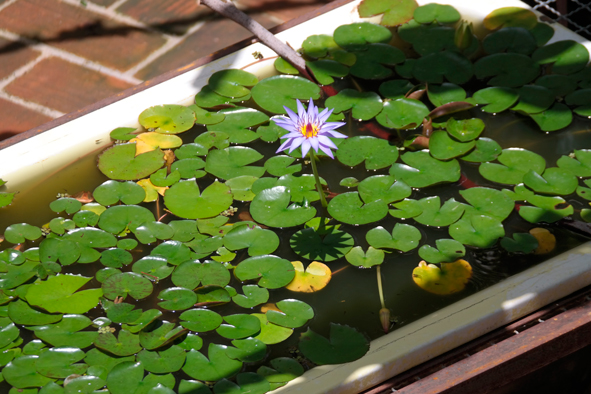
Where you locate the water garden is important. Somewhere that gets good morning sun to noon, then dappled shade through the heat of the day is best.
But it should also be located somewhere where you can see and enjoy your water garden. There’s no point hiding it away.
If you want to grow a variety of plants, you’ll need to create differing water depths. It’s better to have a container with reasonable depth and then elevate shallow plants up.
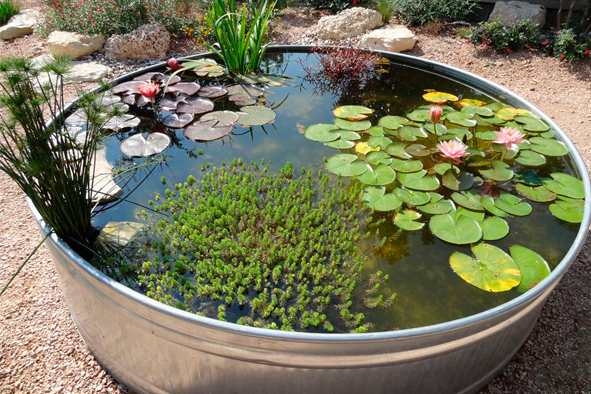
Next, the most important part of a water garden after water, are the plants. Water plants come in four basic types – floating, deeper submerged, shallow submerged and marginal plants.
It’s really important that when you buy your water plants, you do it
through an established and trusted local supplier. Don’t collect them from the wild and don’t buy them via random internet sites that aren’t linked to a local supplier.
Floating plants include duckweeds, azolla, hornwort and bladderwort. Plants to avoid are salvinia, water hyacinth and water lettuce, all of which are illegal.
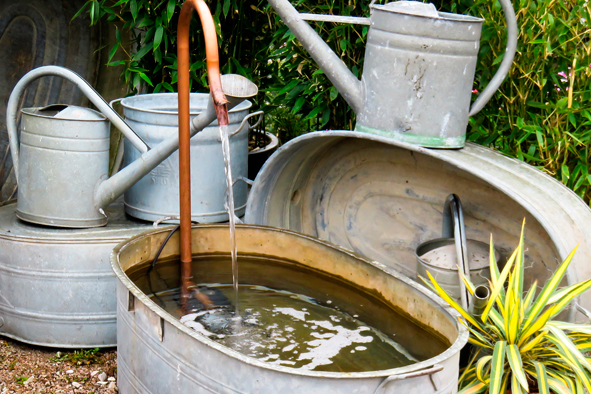
Deeper submerged plants are generally the reeds, rushes, sedges, larger water lilies, lotus and the like. They need over 40cm of water depth and a lot more space to grow… especially the larger later lilies and lotus. I’d suggest you avoid the larger more vigorous water lilies which are generally suited to larger dams.
Shallow submerged plants include smaller water lilies, Nardoo, water pennywort, Sagittaria, ribbon grass, water milfoil, dwarf papyrus, water chestnut and Pontederia (pickerel weed). Stay away from Cabomba and Lagarosiphon (they’re illegal) and water poppy (it’s too aggressive).
Marginal plants are those that don’t mind their feet in water (5-15cm). These can form great edge habitat for frogs, lizards and small birds.
Good examples are dwarf rushes and sedges, water plantain, Bacopa, Centella, swamp Goodena, swamp lily, buttercups, water buttons, Ludwigia and water celery.
Planting your water plants is easy… just keep them in the pots you bought them in. They’ll be happy and they won’t grow too big for the water space you’ve got.
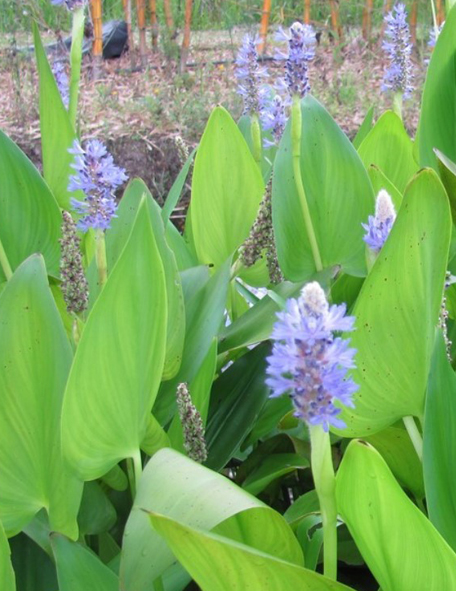
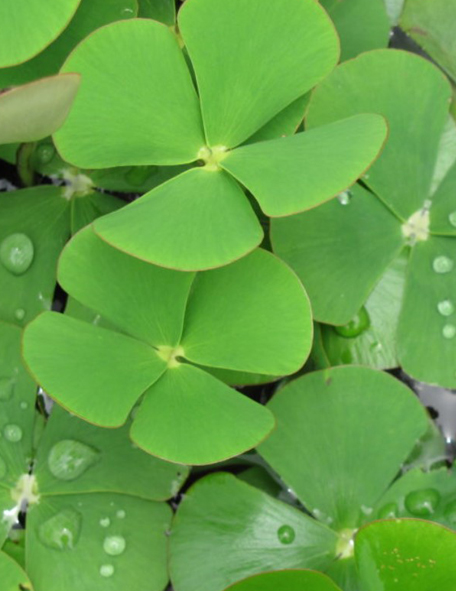
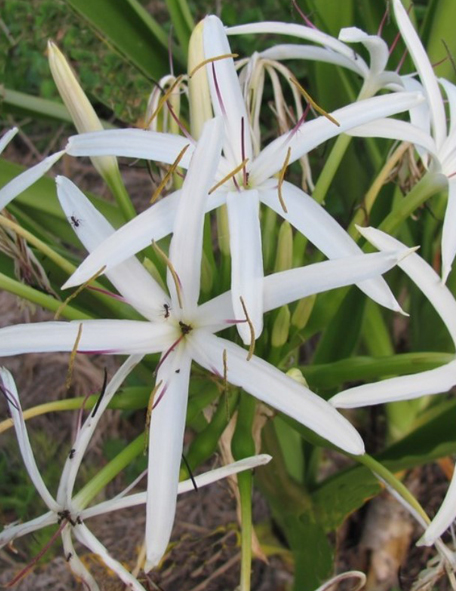
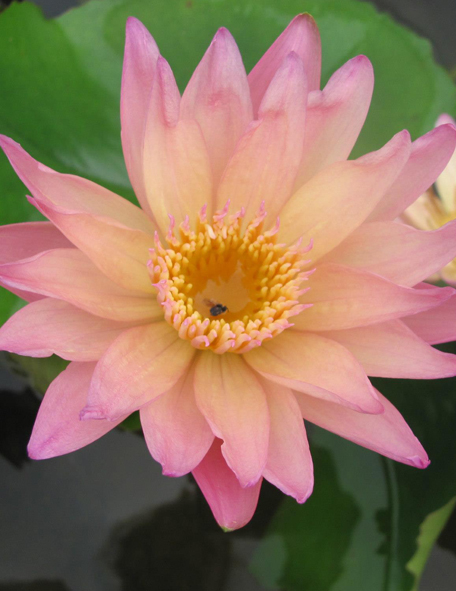

Weighing down the pots with some stones or a half a brick is a good idea so that they don’t float or blow over.
Standing water will attract mosquitoes, so either create a water flow using a solar powered pump or put in some fish (such as small goldfish, rainbow fish or pacific blue-eyes) to eat the larvae. Don’t feed the fish as this just encourages algae to grow – they’ll have enough to eat in the pond.
Don’t overcrowd the pond. For every square metre of water it’s recommended that you have one deeper submerged, one shallower submerged, one marginal plant, one floating and two or three fish.
Lastly, be responsible and don’t throw any plants, fish or pond water into a local waterway. Unwanted plants should go into your compost or the green waste bin.
